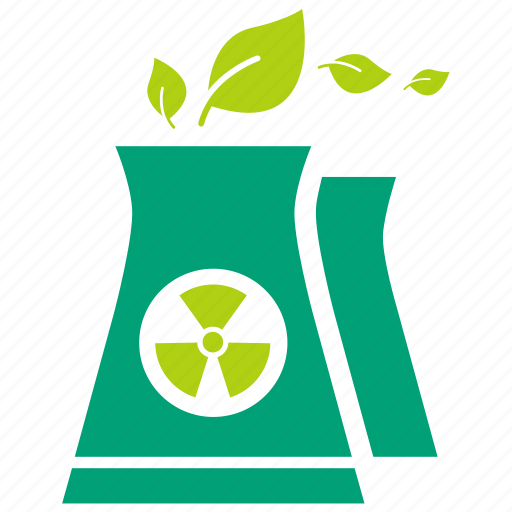80% want to extend operational lifetimes of reactors.
Never before has the Belgian population been so supportive of nuclear energy with 85% wanting to keep it in the electricity mix and 86% preferring to see the operational lifetimes of existing reactors extended, as long as this is safe, according to a poll.
The Belgian Nuclear Forum poll says 80% of respondents want to extend the operational lifetimes of nuclear reactors for more than 10 years and 75% are in favour of restarting Tihange-2, which was shut down in February 2023, and Doel-3, which was shut down in September 2022.
According to the poll, 87% want Belgium to invest in the development and construction of small modular reactors.
Only 13% wants to keep a 2003 nuclear phaseout law that requires all reactors to be shut down. The law was amended in 2013 and 2015 to provide for the three oldest reactors –Tihange-1, Doel-1 and Doel-2 – to remain operational until 2025.
The poll, carried out for the Belgian Nuclear Forum by research agency Polaris/AQ Rate, questioned 1,000 people between September 15 and 21.
Belgium’s five nuclear plants are Doel-1, Doel-2 and Doel-4 in the northern Antwerp province, and Tihange-1 and Tihange-3 in the eastern province of Liege.
In July the government signed an interim agreement with nuclear operator Engie to extend the use of two of Doel-4 and Tihange-3 by 10 years.
The government said the move was because of energy supply concerns after the Russian invasion of Ukraine in February 2022.
At the time the Belgian Nuclear Forum said the agreement was a significant step forward and will allow Belgium to partially align itself with its neighbouring countries in the common fight against climate change.
But it warned the extensions would not be enough unless the government abolishes the 2003 law.



deleted by creator
@MattMastodon @Edwin085 @Emil
The competition is not between nuclear and volatiles.
The competition is between nuclear and whatever else could provide the remaining 60% of live electricity demand /after/ the volatiles have hit their limit. And heat.
People hope and handwave a lot about storage, but that’s a large project for tech that doesn’t exist yet.
And then there is the comparison between the lifetime energy output of 1 kg of e. g. a Li battery and 1 kg of U fuel assembly…